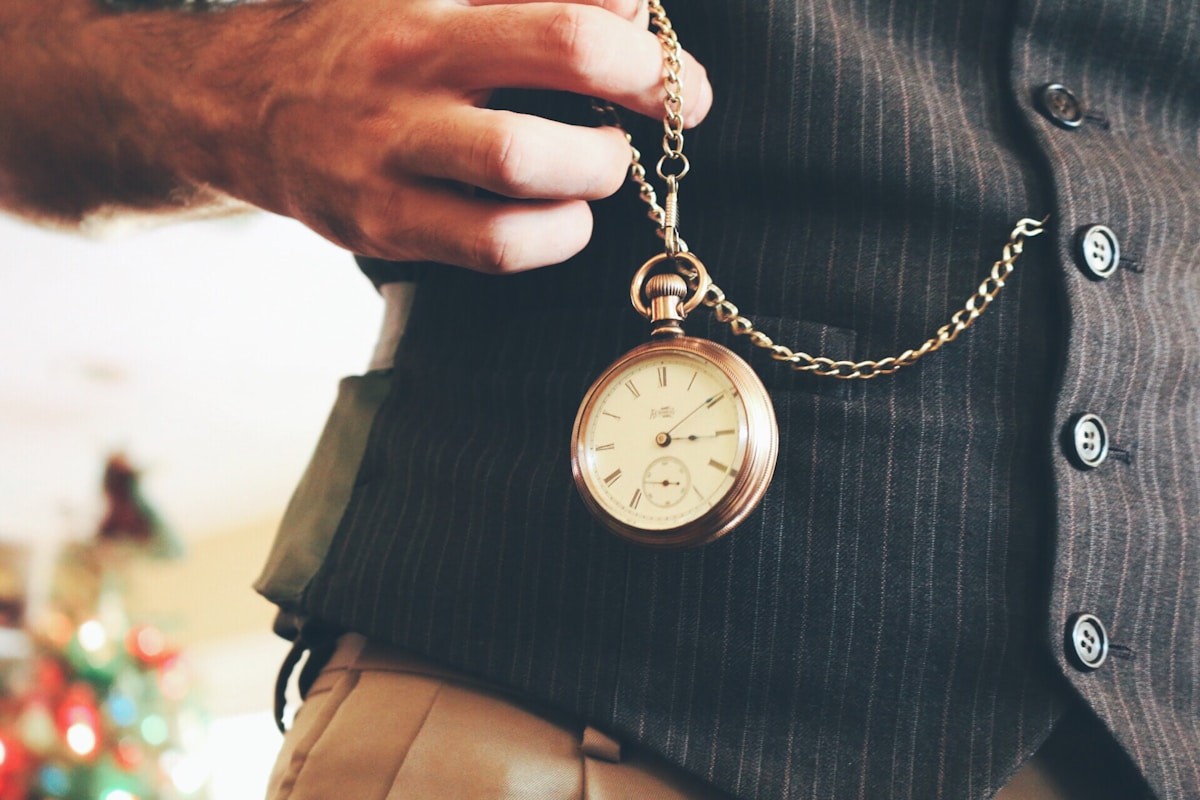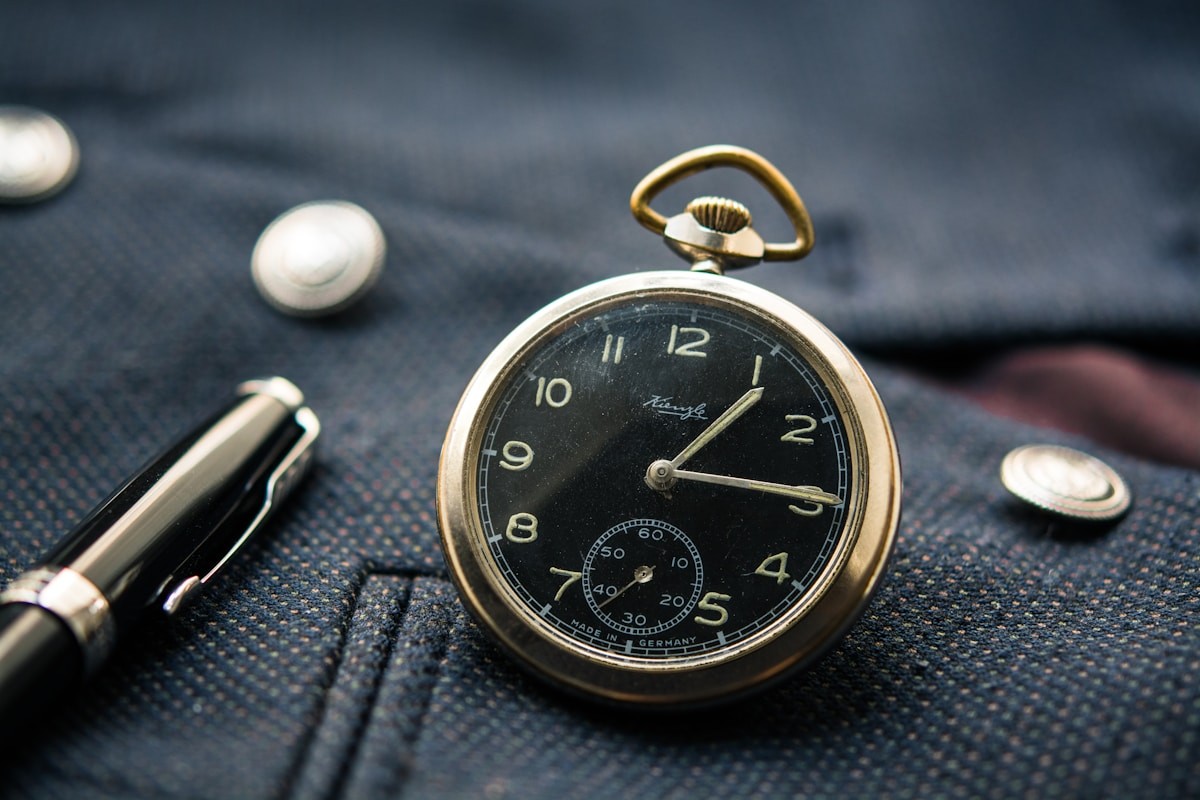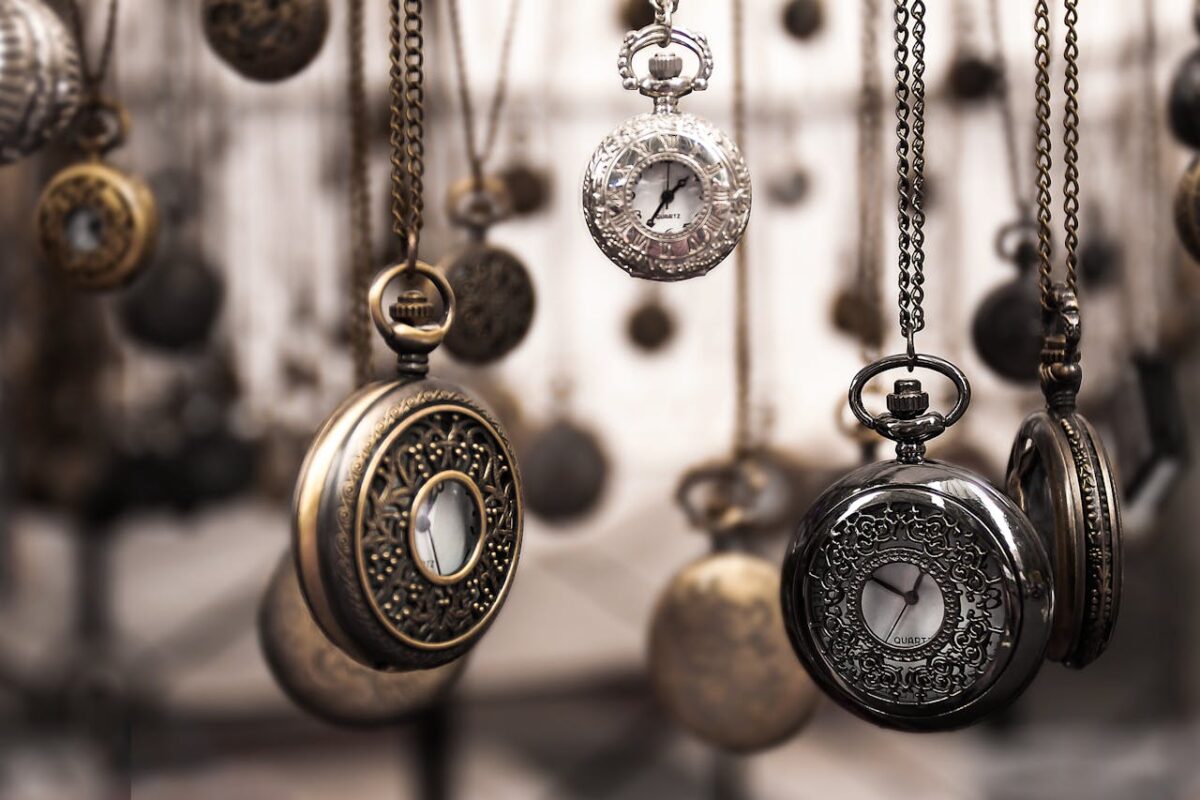Pocket watches, also known as timepieces, have a rich history dating back to the 16th century. From a luxury reserved for the elite, they have become a symbol of timeless elegance accessible to the greatest number. Whether you’re a collector or someone intrigued by classic accessories, pocket watches offer a unique blend of craftsmanship, history and personal expression. If you’d like to discover some of the finest pocket watches available today, you can browse a collection at the-pocket-watch.com, which features a selection of exquisite pieces.
The Origins of Pocket Watches: From Sundials to Precision Timekeeping
Before pocket watches became the status symbols they are today, timekeeping was a far less precise science. Early civilizations relied on sundials, water clocks, and hourglasses to measure the passing of time. However, as the need for more accurate timekeeping grew, so did the innovations in horology.
The Invention of the First Pocket Watch
In the early 16th century, Peter Henlein, a German locksmith, is often credited with creating the first pocket watch. His innovation made portable timekeeping possible for the first time. Unlike earlier clocks, these timepieces could be carried on one’s person, allowing for a newfound sense of autonomy over time. These early models were far from perfect, often lacking minute hands and being fairly inaccurate, but they marked the beginning of the journey towards the highly precise pocket watches we know today.
The Rise of Pocket Watches in Popularity
By the 17th and 18th centuries, pocket watches had become a staple accessory for European nobility and royalty. Made from precious metals like gold and silver, and often encrusted with gemstones, they were a reflection of one’s wealth and status. The Industrial Revolution of the 19th century allowed for mass production, making pocket watches more affordable and accessible to a broader audience. This era saw the rise of brands like Waltham and Elgin in the United States, which played a significant role in shaping the future of the industry.
Types of Pocket Watches: A Guide for Collectors and Enthusiasts
Pocket watches are not just elegant accessories; they come in a variety of designs, each with its own distinct characteristics. Understanding the different types can help you choose the right piece, whether you’re looking to start a collection or simply enjoy the beauty of a vintage watch.
The Open-Face Pocket Watch
As the name suggests, open-face pocket watches have no cover over the dial, offering an unobstructed view of the watch face. This design became popular in the late 19th and early 20th centuries due to its practicality, particularly for railroad workers who needed to check the time quickly and efficiently.
The Hunter-Case Pocket Watch
Hunter-case watches are perhaps the most iconic style of pocket watch. These timepieces feature a protective metal lid that covers the watch face, adding an extra layer of elegance and security. Historically, they were favored by hunters (hence the name) because the lid protected the glass face from damage during outdoor activities.
The Half-Hunter Pocket Watch
A variation of the hunter-case, the half-hunter pocket watch has a small glass window in the center of the lid. This allows the user to glance at the time without having to open the case. This design strikes a balance between protection and convenience, making it a popular choice among collectors.

Why Pocket Watches Are Making a Comeback in the Modern Era
In an age where wristwatches and smartphones have become the norm for telling time, you might wonder why pocket watches are still relevant. The answer lies in their uniqueness. While wristwatches are functional and efficient, pocket watches evoke a sense of nostalgia, craftsmanship, and individuality that modern timepieces often lack.
A Symbol of Style and Sophistication
For many, a pocket watch is more than just a timekeeping device; it’s a fashion statement. The act of pulling out a pocket watch to check the time is inherently elegant, harkening back to an era of grace and refinement. It’s no surprise that pocket watches are often paired with formal attire, from three-piece suits to tuxedos, adding a dash of vintage charm to any look.
Personalization and Craftsmanship
Modern pocket watches allow for a level of personalization that is rarely seen in other accessories. Many brands offer engraving options, letting owners add initials, dates, or personal messages to their watches. This makes pocket watches ideal as gifts or heirlooms that can be passed down through generations. Additionally, the intricate mechanisms inside these watches are often visible through open casebacks, showcasing the artistry involved in their creation.
How to Choose the Right Pocket Watch for You
Whether you’re a seasoned collector or new to the world of pocket watches, selecting the right timepiece can be a daunting task. With so many styles, materials, and brands to choose from, it’s important to consider several factors before making your purchase.
Materials and Craftsmanship
The material of a pocket watch not only affects its appearance but also its durability. Gold and silver watches are often seen as more luxurious, while stainless steel offers a more affordable yet sturdy option. When evaluating craftsmanship, it’s important to look at the movement of the watch—whether it’s mechanical or quartz—as well as any decorative features like engravings or gemstone inlays.
Vintage vs. Modern Pocket Watches
Vintage pocket watches have a unique appeal due to their history and craftsmanship. However, they may require more maintenance, such as regular cleaning and occasional repairs, especially if the movement is mechanical. Modern pocket watches, on the other hand, often feature quartz movements, making them more reliable and easier to maintain. Your choice will ultimately depend on whether you value historical significance or modern convenience.
Considering Your Budget
Pocket watches can range from affordable to extremely expensive, depending on the brand, material, and complexity of the design. Setting a budget beforehand can help narrow down your options and prevent you from overspending. Keep in mind that while luxury watches may carry a hefty price tag, there are also many high-quality, affordable options available for those new to collecting.

Caring for Your Pocket Watch: Maintenance Tips for Longevity
Owning a pocket watch requires some level of care and maintenance to ensure it lasts for generations. These delicate timepieces are intricate machines, and neglecting proper care can lead to costly repairs.
Regular Cleaning and Servicing
Just like a car engine, the movement inside a pocket watch requires regular servicing. For mechanical watches, this generally means having the watch professionally cleaned and oiled every 3-5 years. Dust and moisture can damage the delicate gears and springs inside the watch, so keeping it in a protective case when not in use is also recommended.
Avoiding Water and Shock Damage
While many modern pocket watches are water-resistant, it’s best to avoid exposing them to water or moisture whenever possible. Similarly, dropping or bumping the watch can damage the internal mechanism, so handle it with care. If you do experience any issues with your watch, it’s always best to consult a professional rather than attempt any DIY repairs.
Why You Should Consider Adding a Pocket Watch to Your Collection
In a world dominated by digital devices, pocket watches offer a refreshing break from the norm. They serve as a reminder of the elegance and craftsmanship of a bygone era, while also providing a unique way to express personal style. Whether you’re a collector or simply someone who appreciates fine accessories, a pocket watch is a timeless investment that will never go out of style.
If you’re intrigued by the idea of owning a pocket watch, now is the perfect time to explore your options. Whether you’re looking for a classic vintage piece or a modern take on the tradition, there’s a wide array of choices available, including some of the finest collections at The Pocket Watch Boutique.

